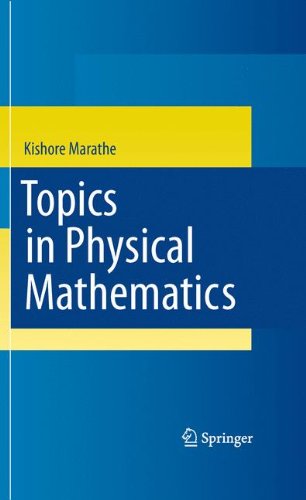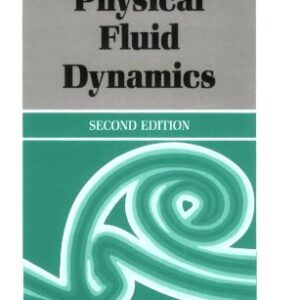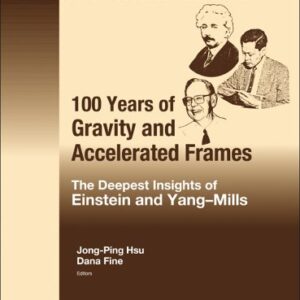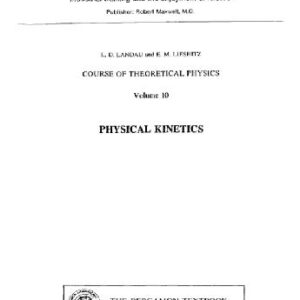The roots of ?physical mathematics? can be traced back to the very beginning of man’s attempts to understand nature. Indeed, mathematics and physics were part of what was called natural philosophy. Rapid growth of the physical sciences, aided by technological progress and increasing abstraction in mathematical research, caused a separation of the sciences and mathematics in the 20th century. Physicists? methods were often rejected by mathematicians as imprecise, and mathematicians? approach to physical theories was not understood by the physicists. However, two fundamental physical theories, relativity and quantum theory, influenced new developments in geometry, functional analysis and group theory. The relation of Yang-Mills theory to the theory of connections in a fiber bundle discovered in the early 1980s has paid rich dividends to the geometric topology of low dimensional manifolds. Aimed at a wide audience, this self-contained book includes a detailed background from both mathematics and theoretical physics to enable a deeper understanding of the role that physical theories play in mathematics. Whilst the field continues to expand rapidly, it is not the intention of this book to cover its enormity. Instead, it seeks to lead the reader to their next point of exploration in this vast and exciting landscape.






Reviews
There are no reviews yet.